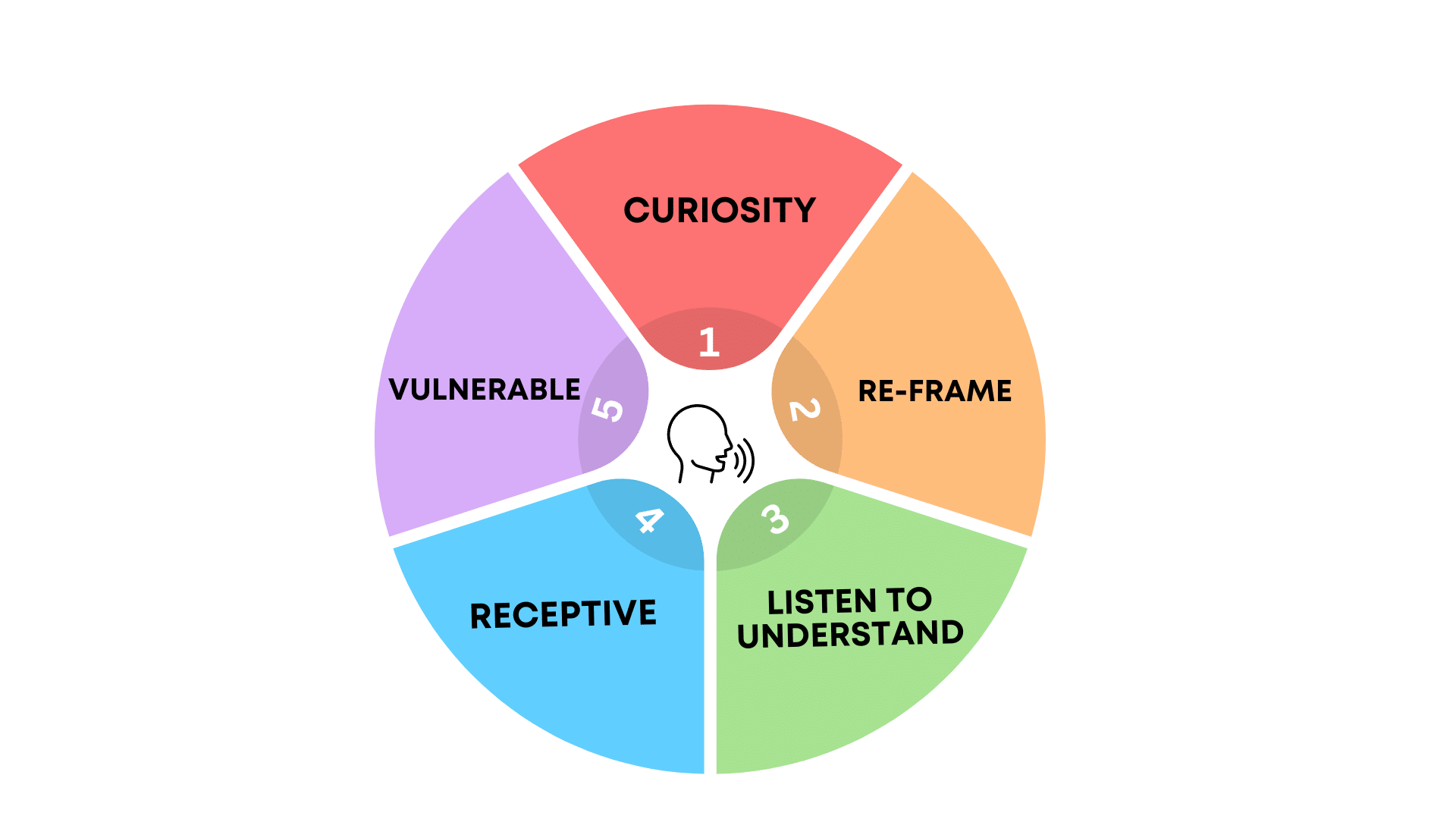Mastering Difficult Conversations
by Sean Foster | June 29, 2023 | Communication, Coaching, Culture, Personal Performance
A way, especially for high S’s, to stop procrastinating on those awkward conversations that you should be having.

Kia ora, you may not own a bakery but you may have experienced what Sara experienced:
Sara owned a fantastic little bakery called “Sweet Delights” in the bustling city of Brightville. Sara prided her business on creating delectable pastries and fostering a warm, family-like atmosphere with her 5 staff and their regular customers. However, there was a problem brewing behind the scenes.
One of her employees, Tom, had been consistently arriving late for his shifts and increasingly making errors that affected everyone. Sara had already had a few discussions with Tom about his mistakes and work ethic and he always had a ‘good’ reason to explain or to disassociate his responsibility.

Sara knew deep down that she needed to have a “deeper conversation” with Tom about his behaviour, but she kept putting it off. She dreaded the confrontation, fearing it would damage their friendly relationship and create tension in the workplace. And there was evidence to prove she was correct as every time there was an incident the conversations became more awkward, tense and confrontational. She also knew that her staff were not unified in their thinking regarding Tom. Some voiced their frustration about his attitude while others seemed to think he deserved a break.

Days turned into weeks, weeks into months and the problems persisted. The tensions and frustrations escalated. The bakery's efficiency and customer satisfaction deteriorated. Sara found herself working extra hours to compensate, having more customer-satisfying conversations and diffusing tensions among her staff. The stress started to take a toll on her health and even her home life.
Meanwhile, Tom seemed oblivious to the impact of his actions. From his perspective, he had managed himself well but was becoming increasingly frustrated over Sara’s attitude towards him. Clearly this “family atmosphere” she spoke about was just lip service. Tom was starting to feel like a victim now, he “knew” that Sara did not care for him, and saw fault in the perceived lack of systems and favouritism at work.

Finally, one morning while Sara was taking a shower before work, she realized she had come to the end of her tether. This morning she was going to fess up and tackle Tom on the situation. With Sara’s high “S” profile, even though she knew she had to do this, she found herself already making excuses why not to proceed. For the next hour she could think of nothing else besides having this heads-on conversation with Tom. She felt ill about what was to unfold and at the same time was berating herself for not managing this correctly months ago.
8.30 arrived and Sara summoned Tom into her office.
This could or could not be a hypothetical example. Do you know of a Sara or a Tom, or are you one of them? Was there a happy ending to this conversation or was Sara taken to arbitration for falling short on some legal employment tripwire?
Acknowledging the need and having difficult conversations, whether with employees, suppliers, customers or loved ones is not easy for many of us. So not surprisingly, there are some frameworks to help you better manage these often very awkward conversations. You can find this framework here including What happened to Sara and Tom.
While driving to work Sara had a conversation with her business coach (Yeah, all good Sara's have one 🙂 ) Sara’s coach had been encouraging her for months to confront this issue, and this morning she was ready to take action and to follow the framework explained to her by her coach.
Sara actually felt a mild sense of relief when Tom walked in at exactly 8.30. She found her head voice saying to herself: “This must be a good omen, Tom is punctual this morning!”
Sara started the conversation by explaining to Tom what she had experienced regarding his behaviour and the effects this was having on everyone and the business. As she was talking she was mentally ticking off the important points that she was coached on, which included:
-
-
- Presenting the specifics without making judgements and assumptions.
- Avoid making emotionally charged statements but ensure she remains empathetic, caring and not overly “commanding.”
- Phrasing her statements with less certainty in order to maintain an atmosphere of curiosity, after all, she still had no real understanding of why Tom’s performance had really deteriorated.
-
To her surprise, Tom listened attentively. It seemed almost too easy.

As the conversation unfolded, Sara discovered that Tom's performance issues were rooted in personal struggles that she had been completely unaware of. Ultimately Tom was an experienced employee and she would much rather have him performing well than him exiting the business, so with that in mind Sara decided to show some vulnerability herself. After all, Sara had her own demons and challenges to face herself.
In all, the dialogue went on for 25 minutes: in addition, they had agreed on a trial solution. As Tom was leaving her office she thought to herself: “Now how difficult was that Sara? You have suffered months of torment and the business has paid dearly for this, and in 25 minutes we have moved quantumly forward. Why was I so slow to act?”
In the following months, Sweet Delights experienced a remarkable transformation. Sara was so impressed with the “Difficult Conversation Model” that had been shared with her, that she decided to coach everyone in the business to fully understand the model as well. The bakery became a place of open dialogue, where difficult conversations were embraced as opportunities for growth. The once-strained relationship between Sara and Tom blossomed into a partnership built on trust and mutual respect.

The fictional story of Sweet Delights serves as a reminder that avoiding difficult conversations can have long term, often severe consequences. By addressing issues promptly and compassionately, business owners can unlock the full potential of their teams, improve performance, and create a harmonious workplace where everyone can flourish.
The model that Sara refers to is shown below. There is no fancy name for it, it’s just a simple, practical framework on how you should manage your difficult conversations. Having a framework, in fact, almost any framework, is a good tool as it helps you from being emotionally hijacked. This especially applies to people who have a high S DISC profile and to some extent this affects us all. Unless you have some sadism built in, we tend to put those awkward conversations off.

The model is relatively self-explanatory but if you would like the edited (super cut-down recorded version) of the ClassRoom session on this model then please contact me directly.

Recent Comments